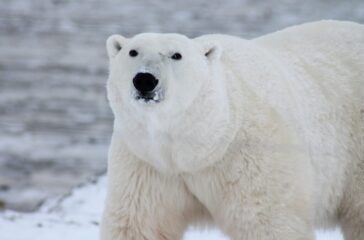Congress urged to address PFAS crisis threatening Great Lakes, public health
By Brian Bienkowski
A Wednesday congressional briefing, led by the nonprofit Northeast-Midwest Institute, was aimed at giving lawmakers and their staff a deeper understanding of the impacts of — and solutions for — PFAS in the Great Lakes region.
 EWG
EWG
